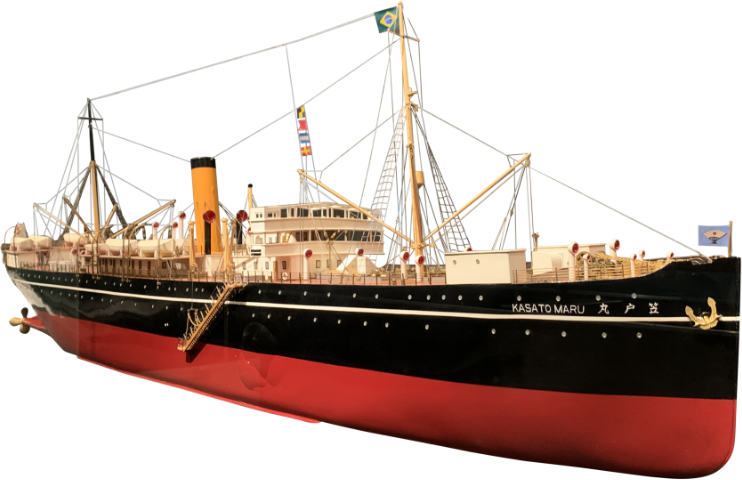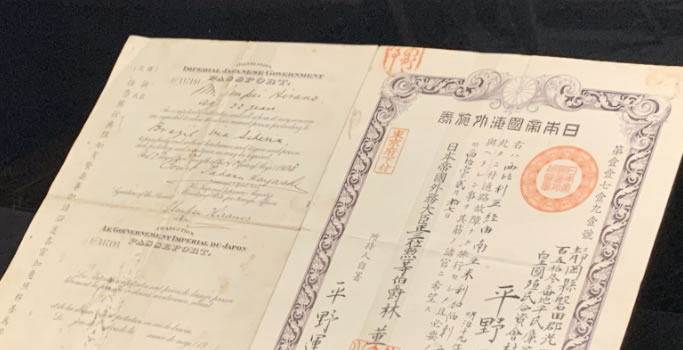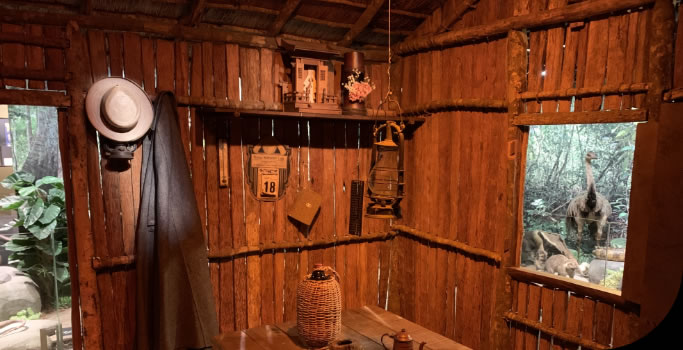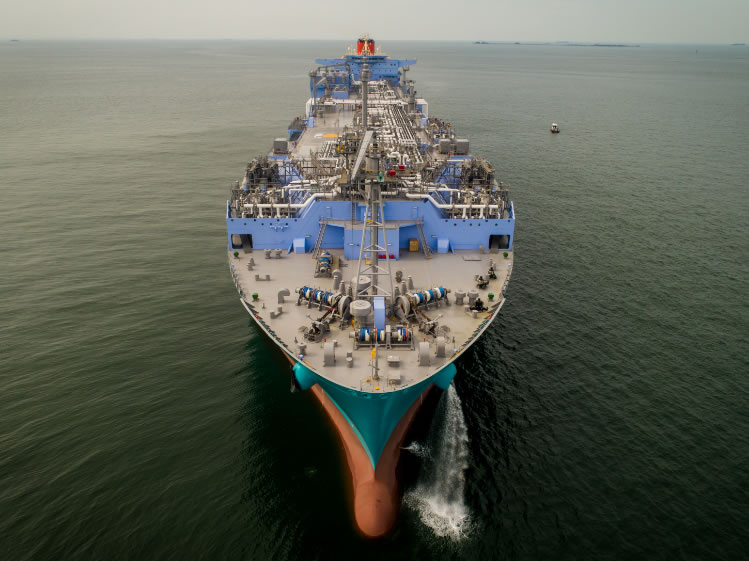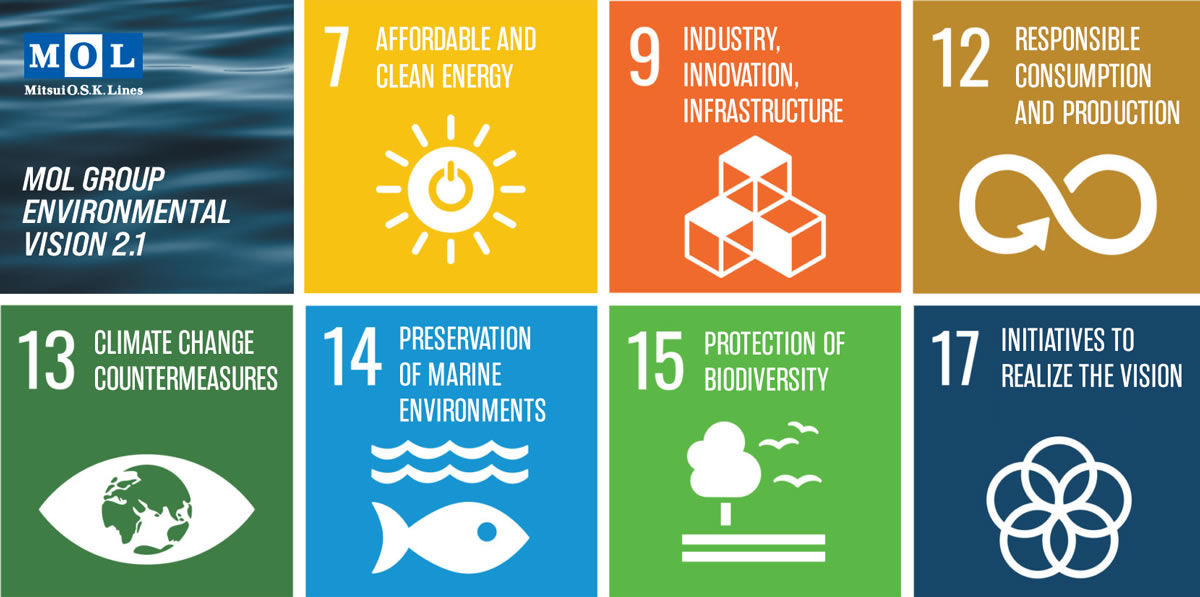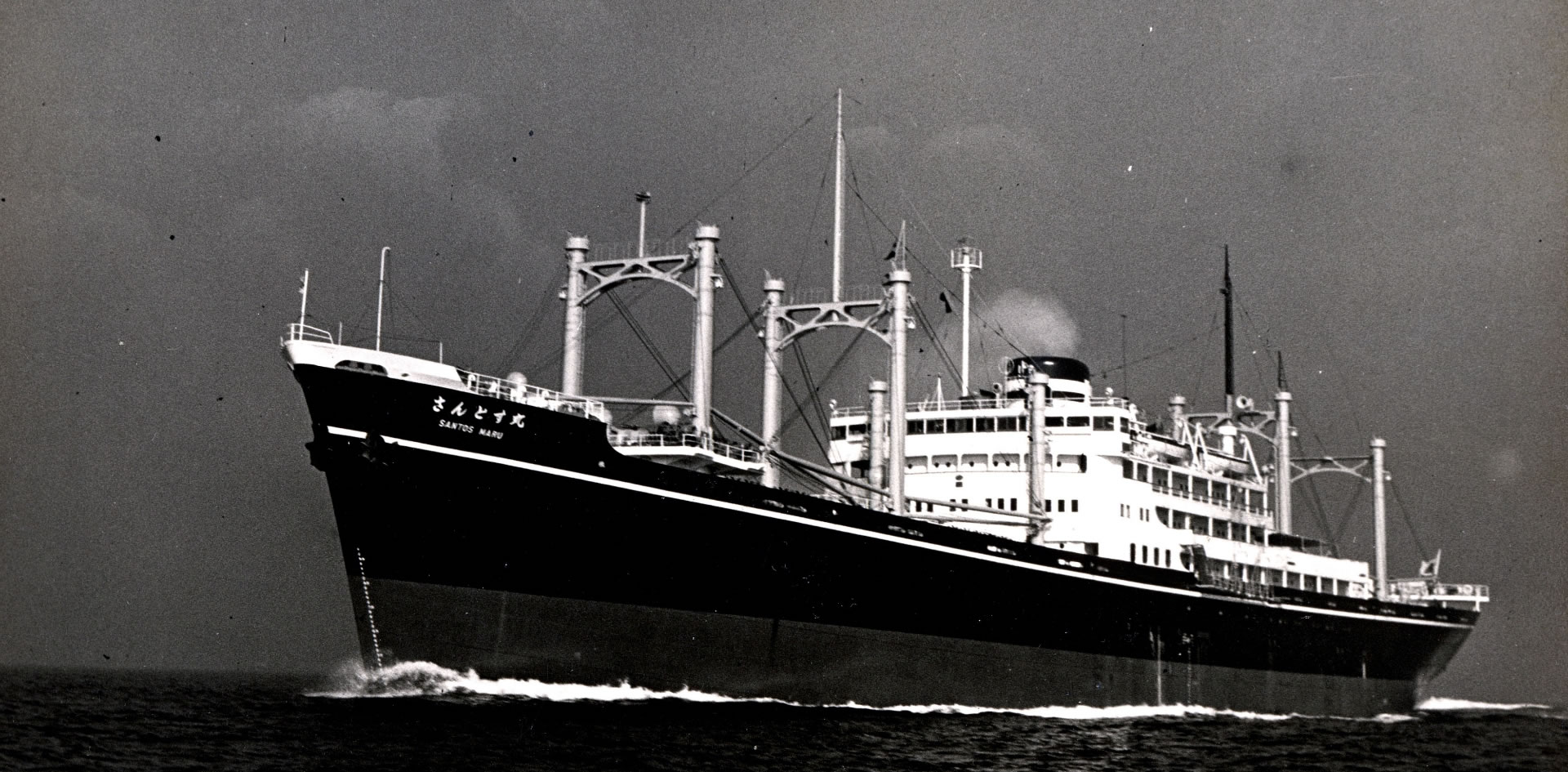
Shipping quote good until 12/12/2025
USD = R$ 5,6200

Our tomorrow
We have set three medium- and long-term goals aimed at reaching
net zero emissions by 2050
We will continue supplying the world with
energy, supplements, and resources
Based on the approach “Environmental Strategy vs. Regional Strategy”, we will achieve greater
differentiation and growth
We aim at providing
transport services with low environmental impact,
by focusing on renewable energies and new business areas, such as offshore wind power plants.


